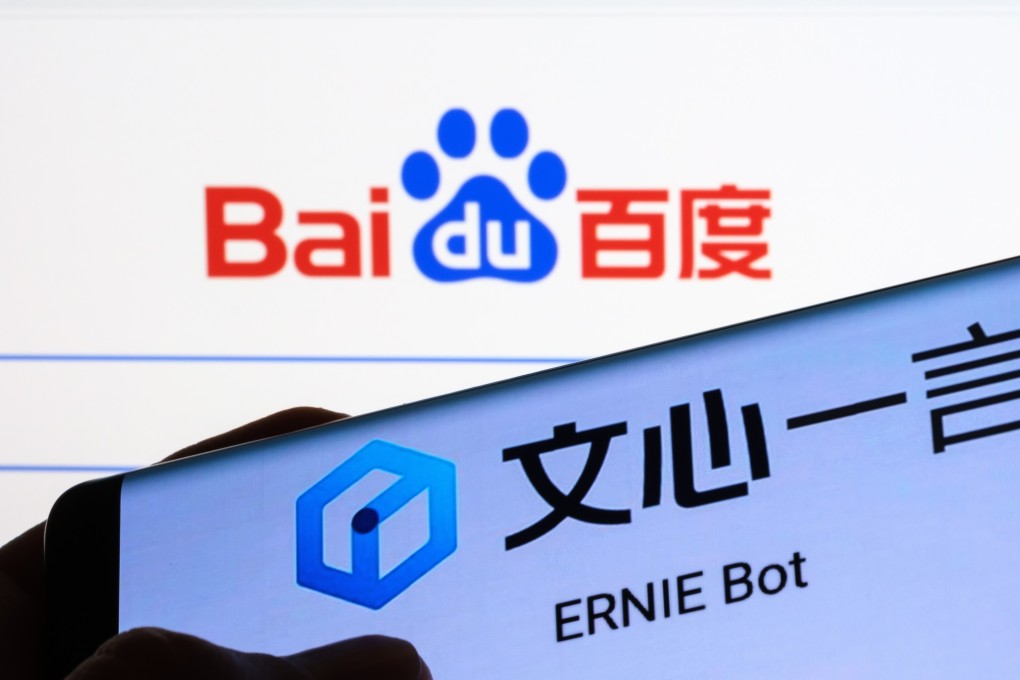Alibaba-backed Moonshot AI narrows gap with Baidu’s Ernie Bot as China’s generative AI rivalry heats up
- Moonshot AI’s Kimi saw total traffic to its website and app reach 12.6 million views in March, more than quadruple the number from a month earlier
- In March, total traffic to OpenAI’s ChatGPT rose 9 per cent to 1.86 billion views, remaining the world’s most popular generative AI app, according to AIcpb.com

The competition among Chinese artificial intelligence (AI) chatbots is heating up, as Moonshot AI, a 12 month old start-up, has overtaken Alibaba Group Holding’s Tongyi Qianwen and is narrowing the gap with domestic leader Baidu’s Ernie Bot, according to new data.
Moonshot AI’s Kimi saw total traffic to its website and app reach 12.6 million views in March, more than quadruple the number from a month earlier, according to AIcpb.com, a site that tracks the popularity of AI products worldwide.
As a result, Kimi overtook Alibaba’s Tongyi Qianwen to become China’s second-largest chatbot, only behind Baidu’s Ernie Bot in the top spot. AIcpb.com data showed that Ernie Bot attracted nearly 15 million views last month, up 48 per cent, while the Alibaba service had 5.2 million visits, up 44 per cent.
Li Bangzhu, founder of AIcpb.com, said that unlike Baidu and Alibaba’s products that are often used for general purposes, Kimi is known for “dealing with specific scenarios” such as analysing long text, which may contribute to its popularity.
But “Kimi isn’t going to overtake Ernie Bot any time soon, because the latter has a very huge [user] base”, which is still growing, Li added.
Nevertheless, Chinese generative AI giants still lag far behind global leaders. In March, total traffic to OpenAI’s ChatGPT rose 9 per cent to 1.86 billion views, remaining the world’s most popular generative AI app, according to AIcpb.com.

The surge in traffic to Moonshot AI’s Kimi was so big that it resulted in an outage last month that lasted for at least two days. It was triggered by an announcement of a technological breakthrough that can process up to 2 million Chinese characters during conversations, up from 200,000 characters previously.